We know what you’re thinking, “Been there, done that.” We’re happy to tell you that photo l.a. is an entirely different experience.
We’re bringing the best of the photography world to your doorstep with a collaborative platform that links dealers and collectors with a gamut of galleries from around the globe. Internationally recognized, yet abundantly accessible, photo l.a. cultivates connections between industry elite and up-and-coming talent alike. The longest running international photographic art fair on the West Coast, photo l.a. has been in operation for nearly three decades.
photo l.a. received a new home in the historic Barker Hangar this year. The airplane hangar’s soaring vaulted ceilings, arched steel trusses, and sweeping 35,000 square foot event space will host a roster of 65-75 local and international galleries and dealers, collectives, leading not-for-profits, art schools, and global booksellers.
– for more information on additional images from this event please contact EMS at emsartscene@gmail.com or Instagram at @ericminhswenson
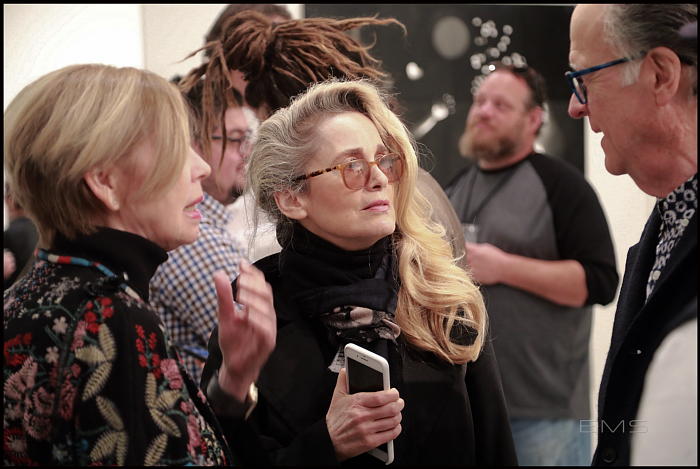
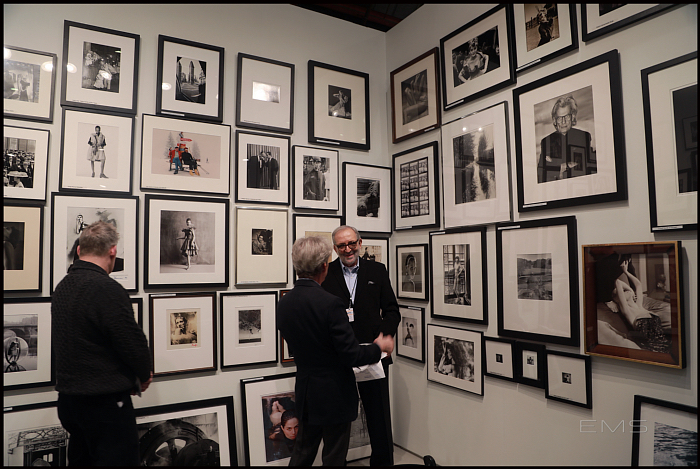
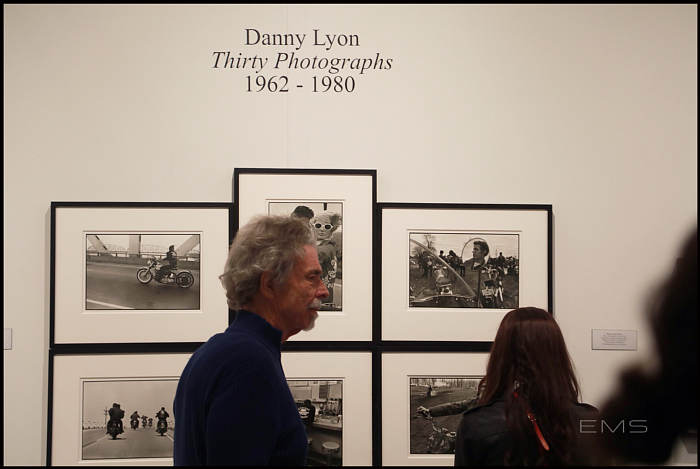
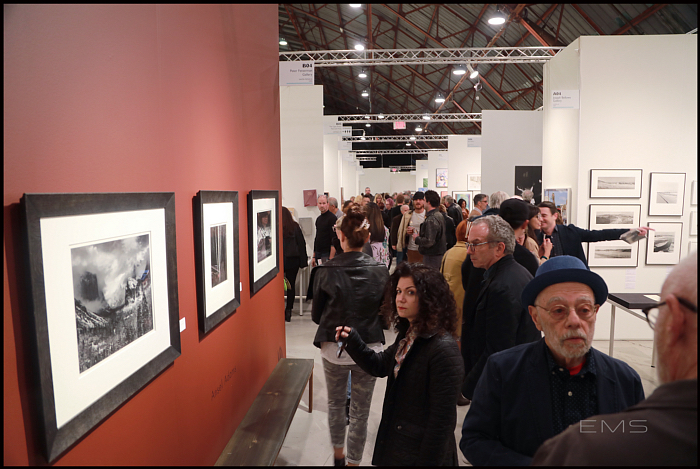
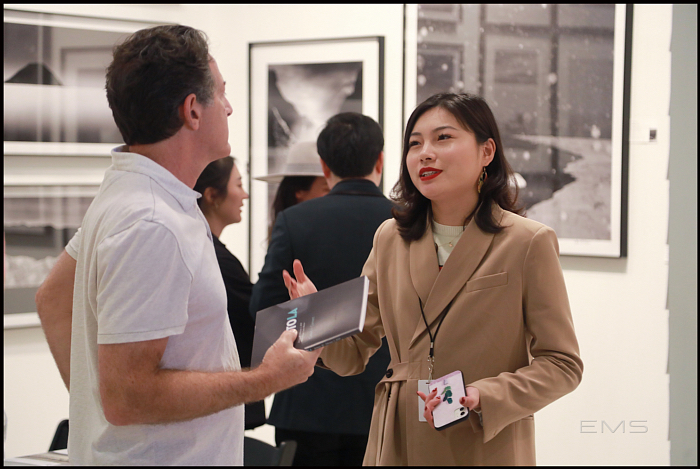
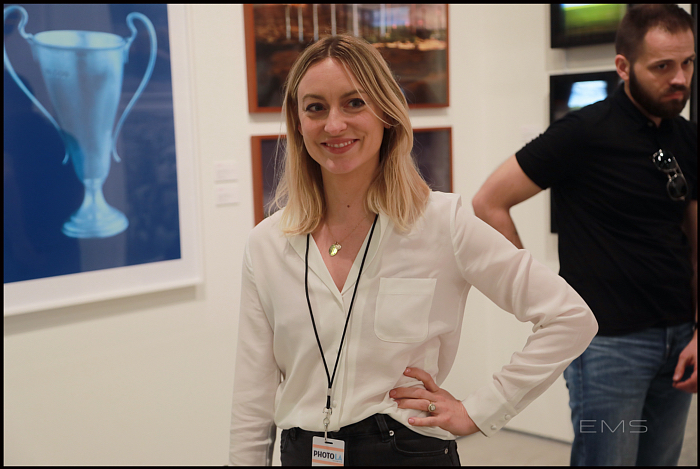
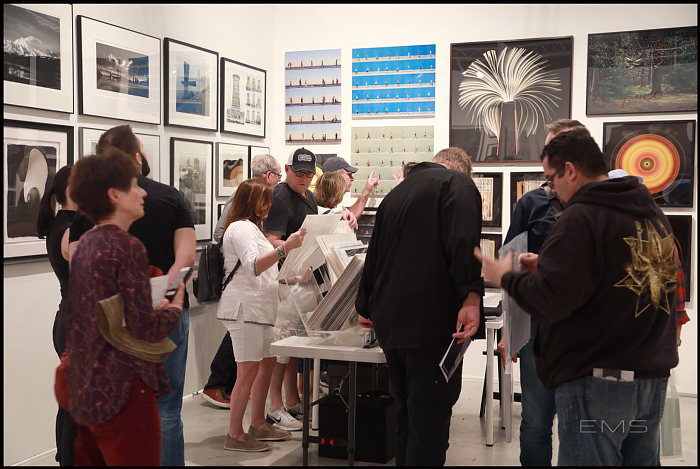
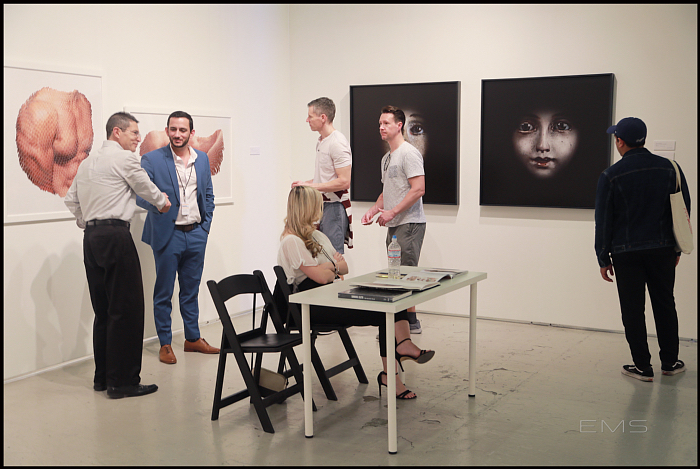
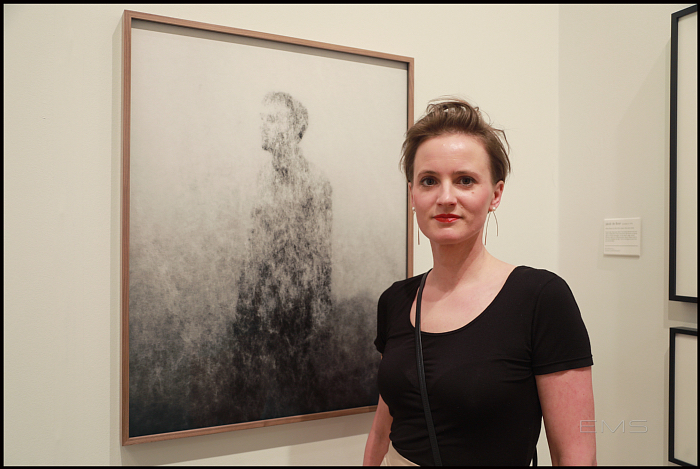
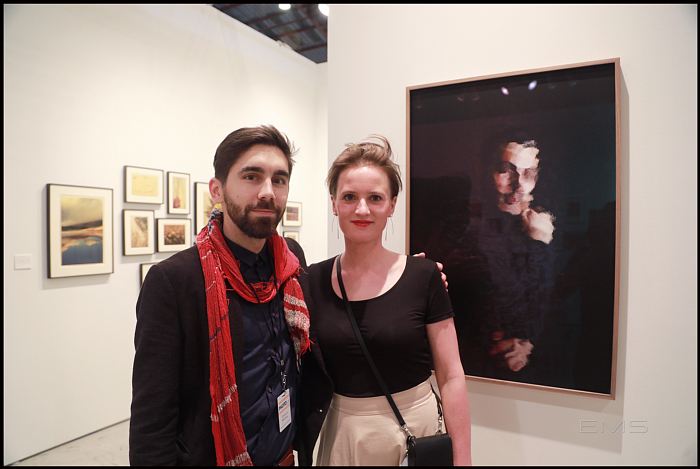
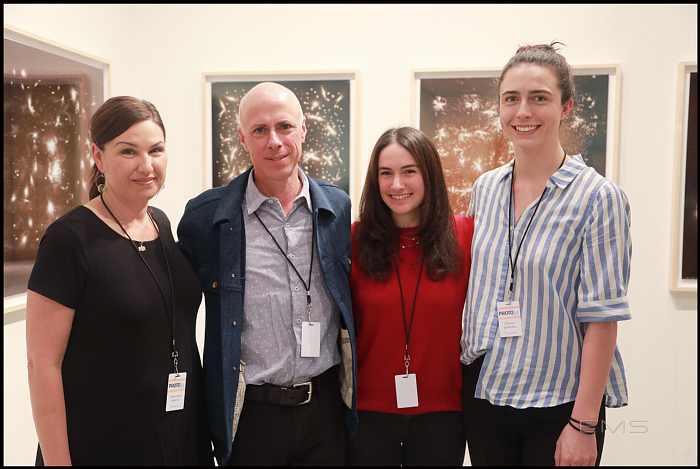

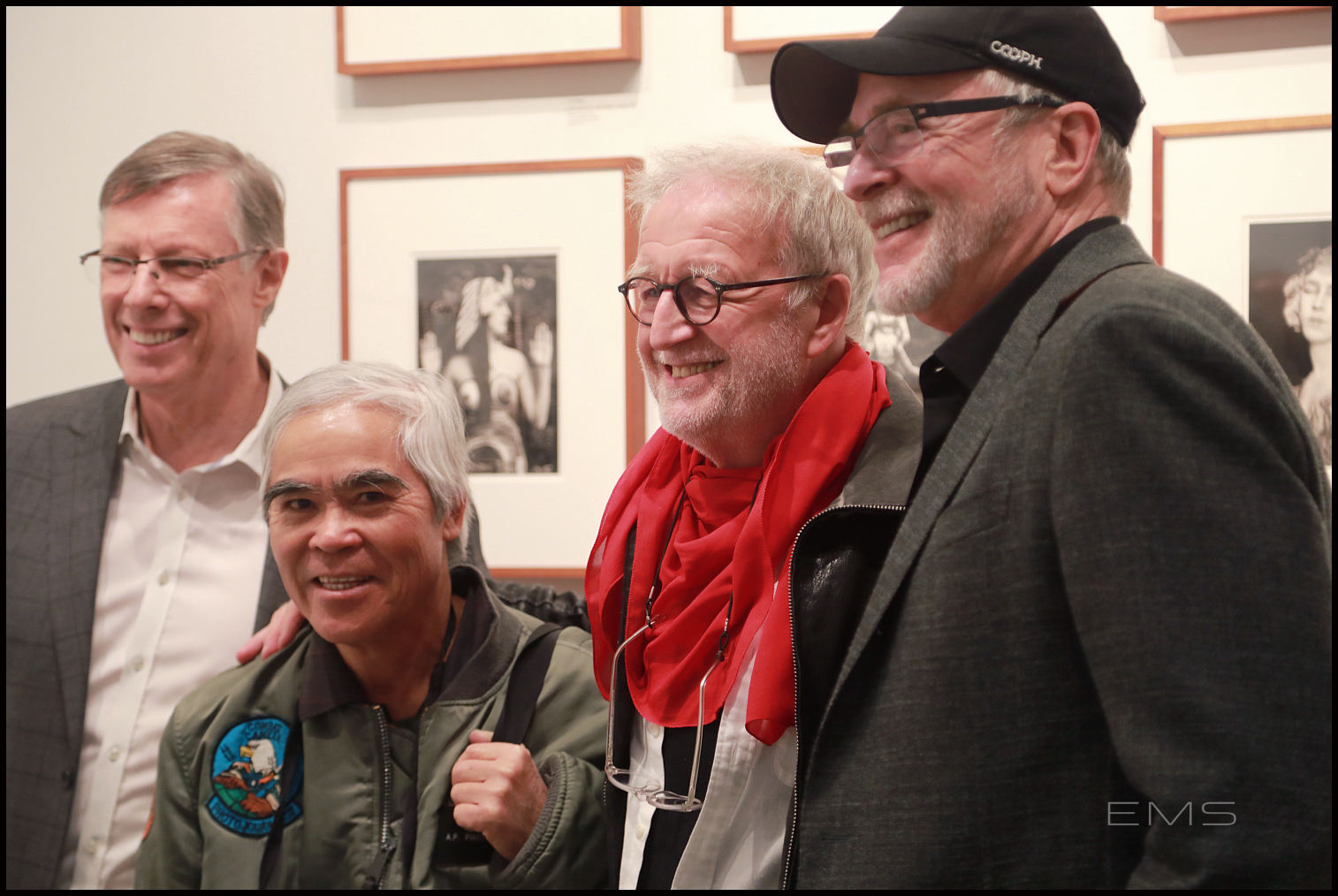
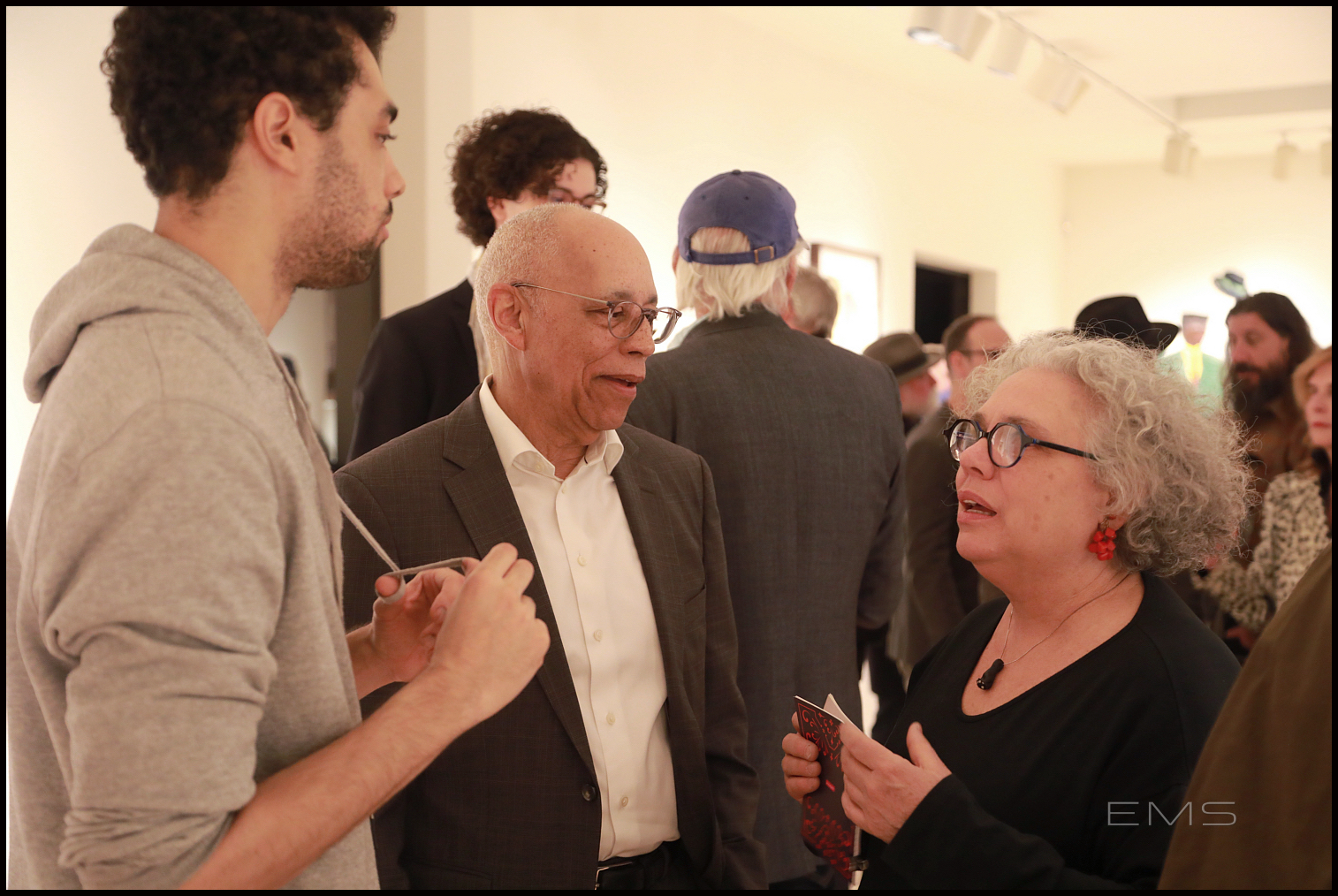
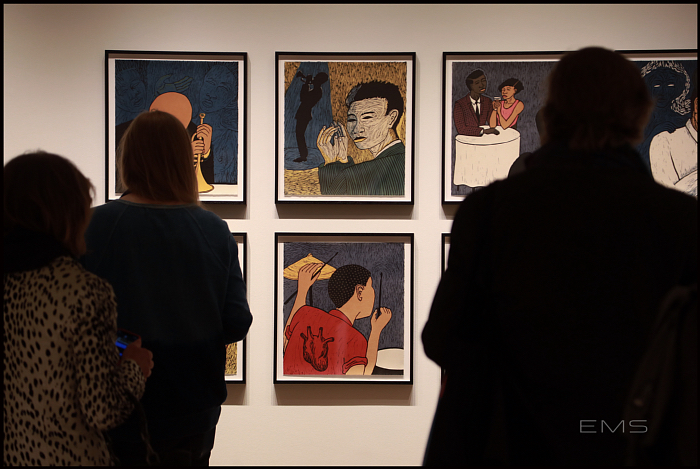


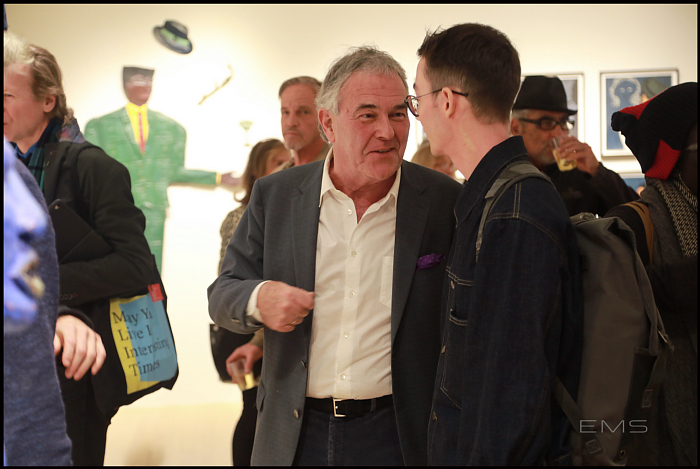
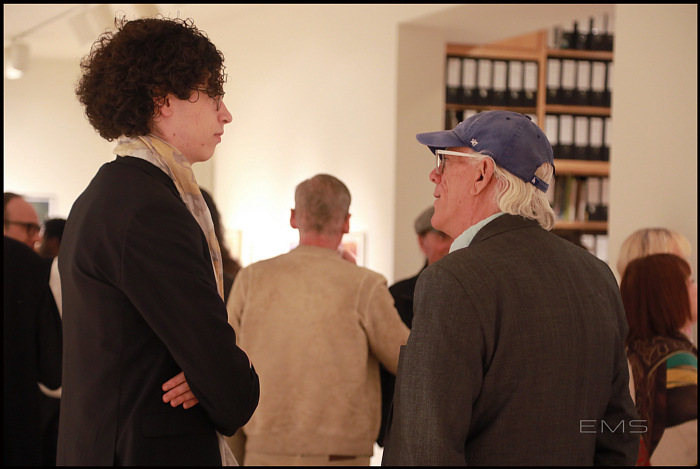
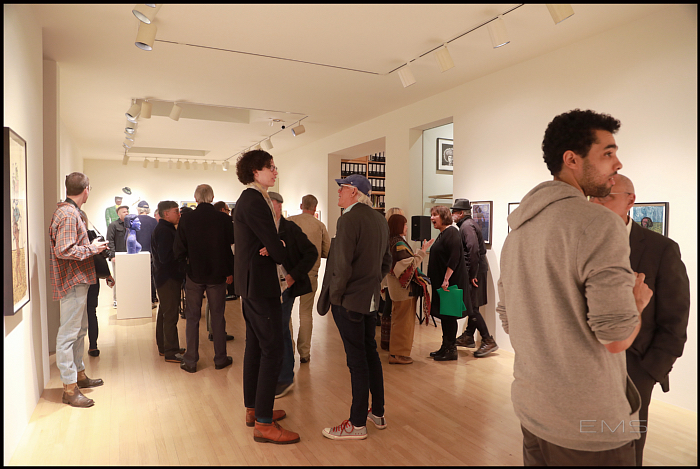
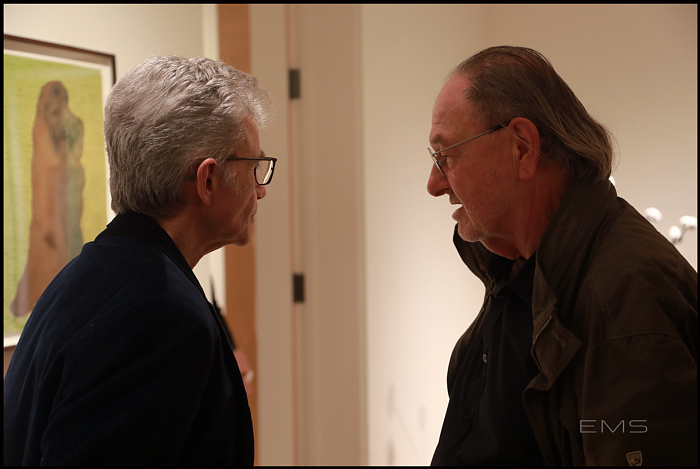
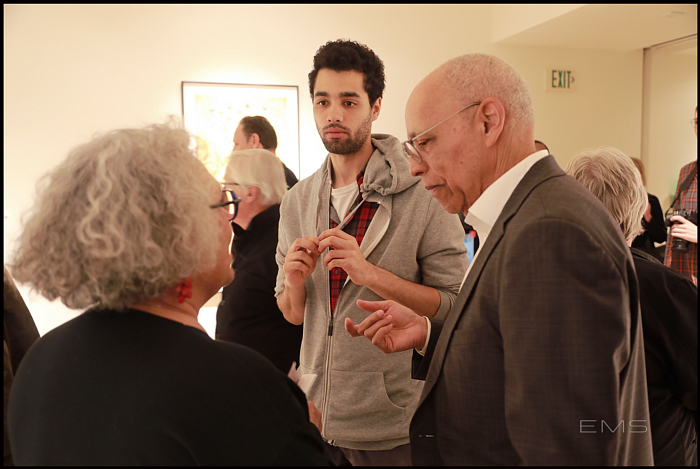
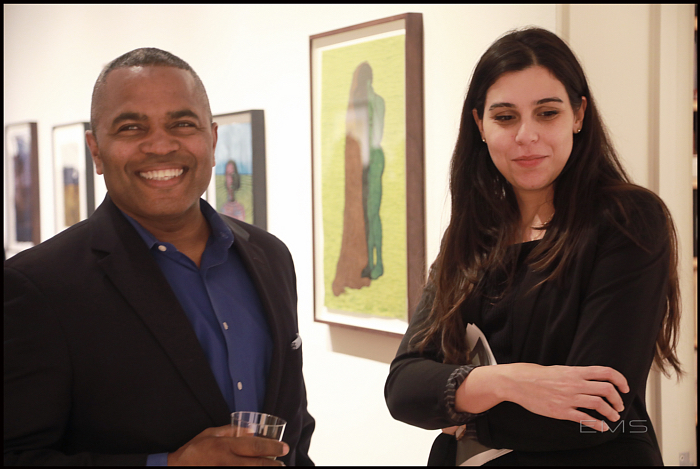
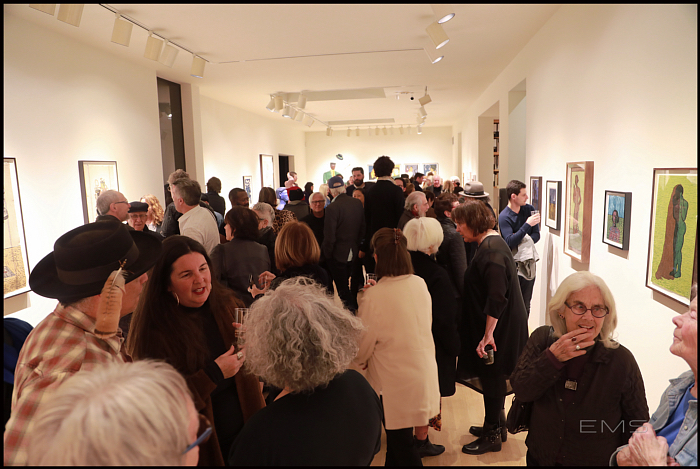
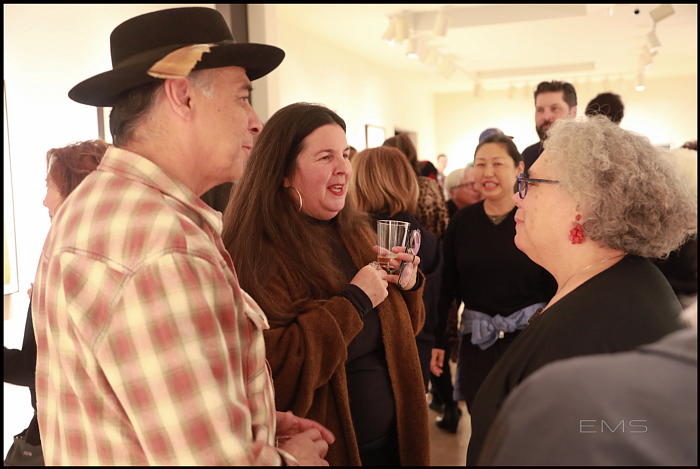
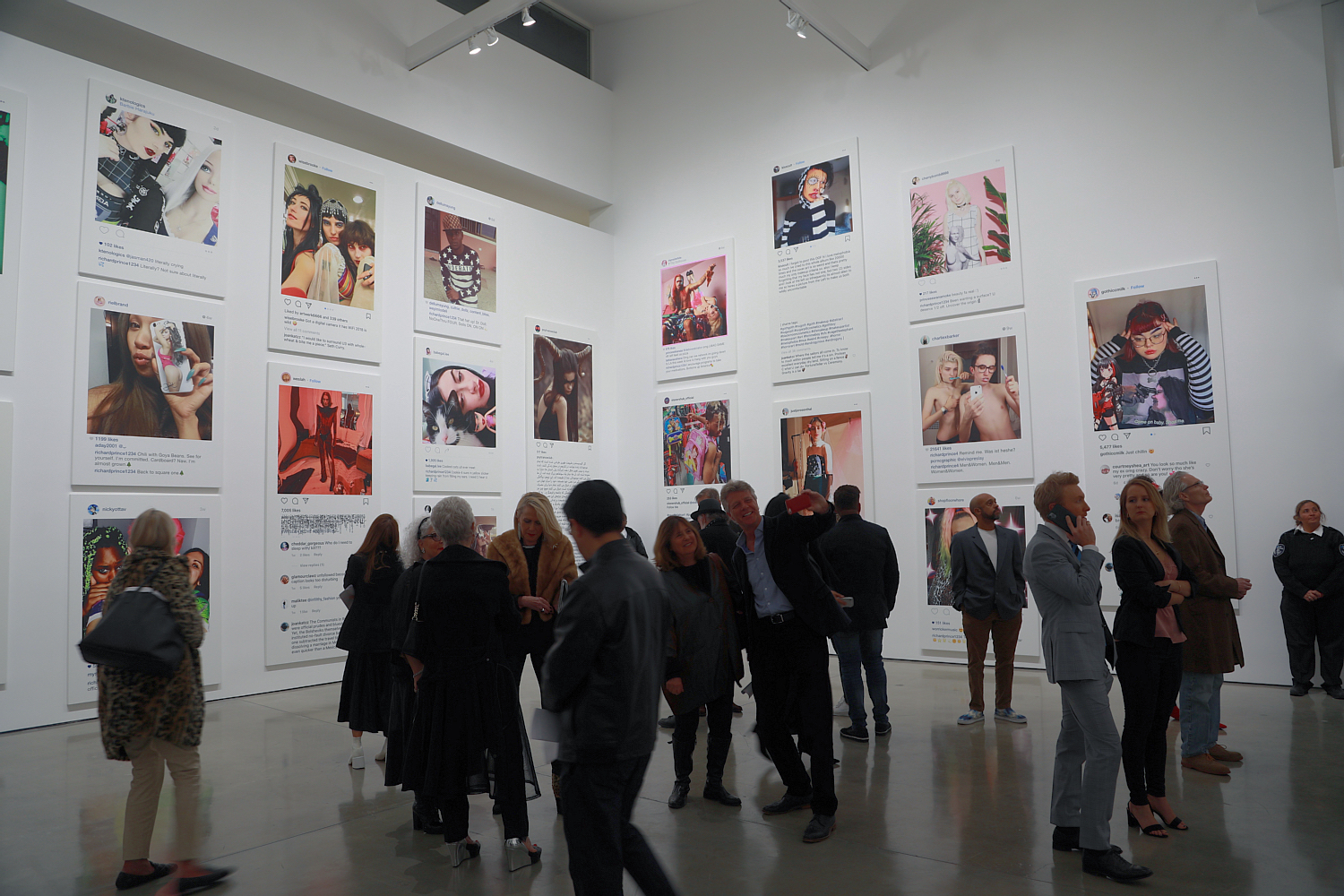
Recent Comments